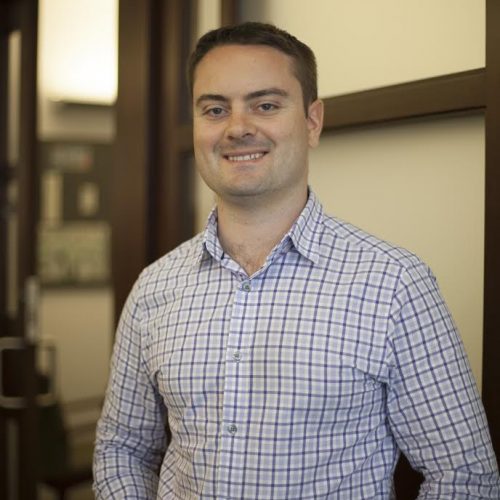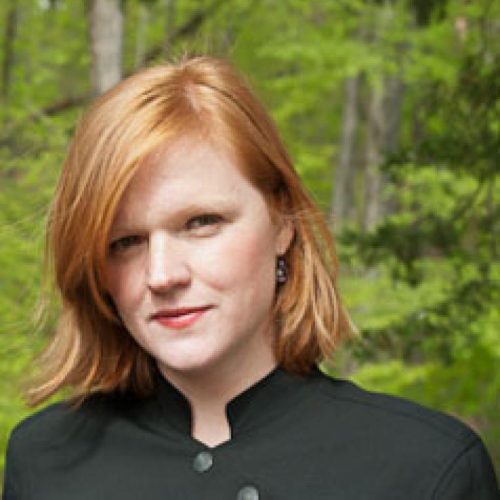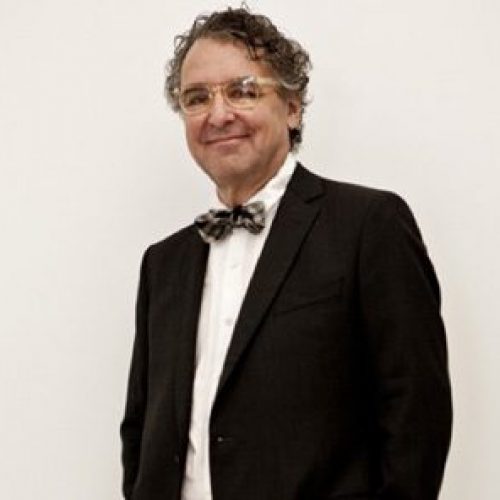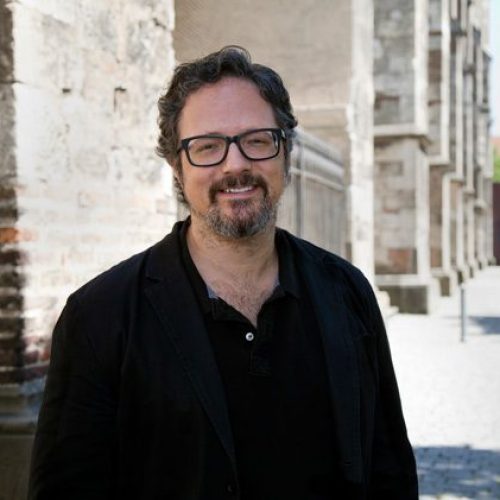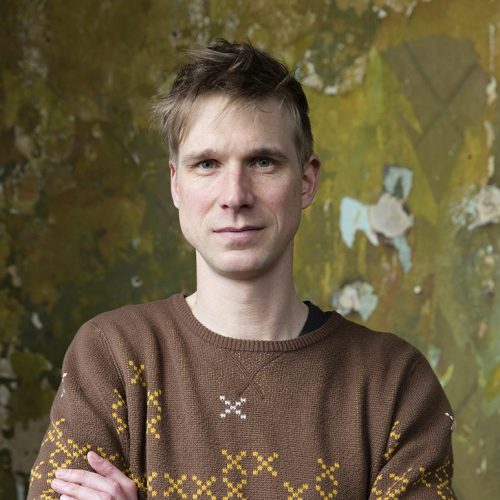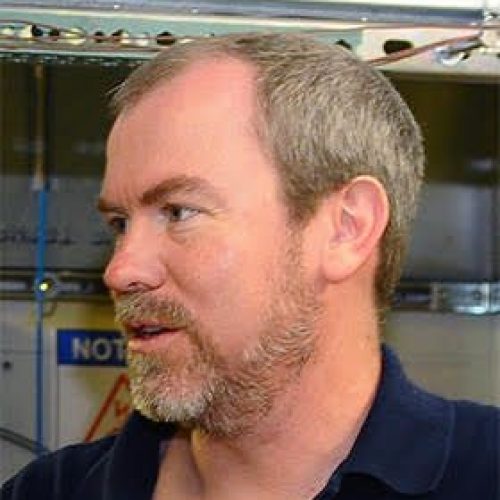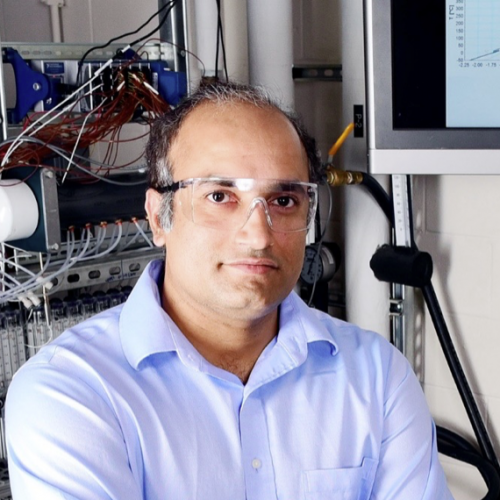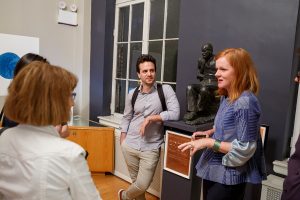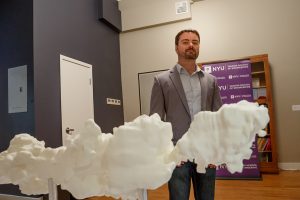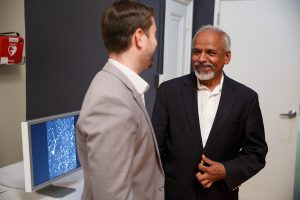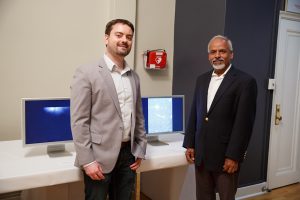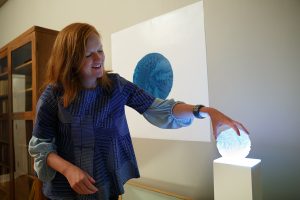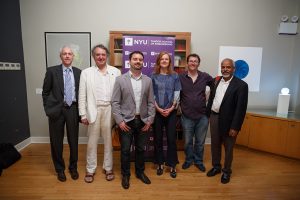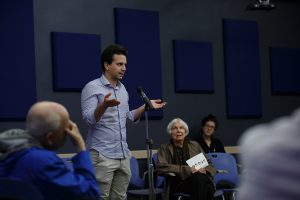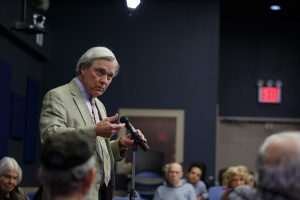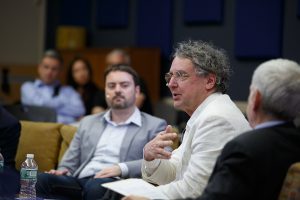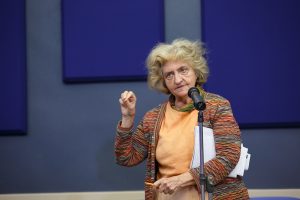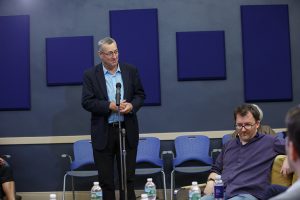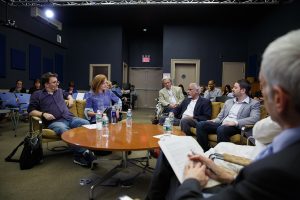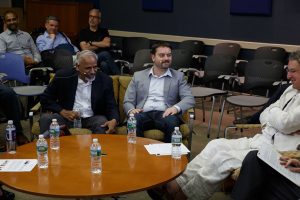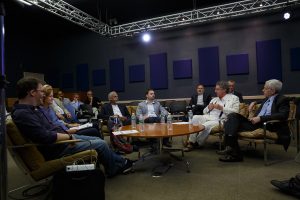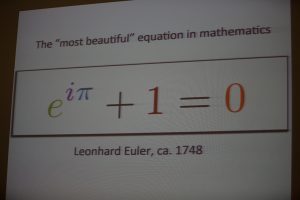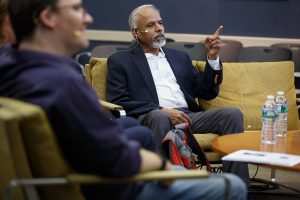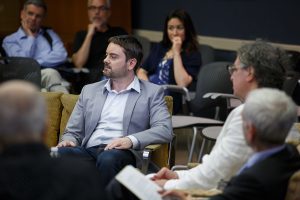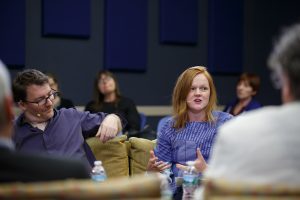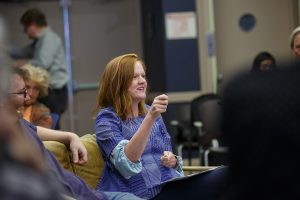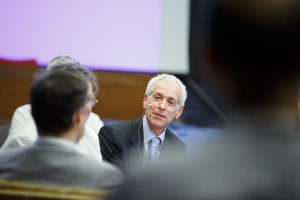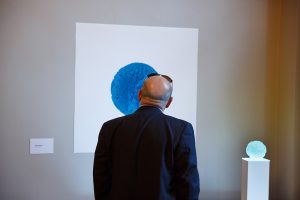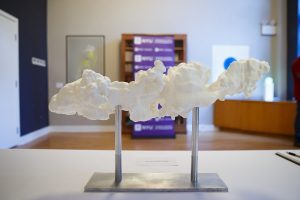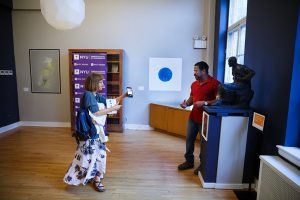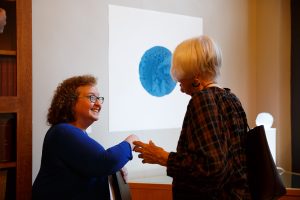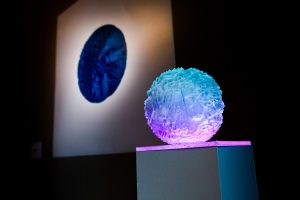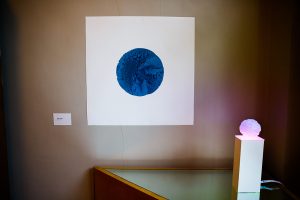Creative Turbulence
Exhibition: June 9 – 16
Roundtable: June 14
Location: New York Psychoanalytic Society
Roundtable discussion
June 14, 2018
Event Details
Roundtable Discussion:
June 14th 2018
Art Exhibition:
June 9th – June 16th 2018
New York Psychoanalytic Society & Institute
247 E 82nd St, New York, NY 10028
Roundtable Video
Atmospheric Memory
Atmospheric Memory is an artwork by artist Rafael Lozano-Hemmer and his team in Montréal, headed by Stephan Schulz, in collaboration with fluid dynamics scientists Enrico Fonda (NYU), Devesh Ranjan (Georgia Tech) and his students. The work is inspired by English polymath Charles Babbage. In 1838 Babbage proposed that all words ever spoken remain recorded in the atmosphere and that a sufficiently powerful computer could potentially “rewind” the movement of all air molecules to recreate the voices of everyone who has spoken in the past. A series of atmospheric art machines were developed to render tangible this airborne “vast library” of oral history and song.
The project brings to light Babbage’s claims from his Ninth Bridgewater Treatise. While Babbage’s vision was only possible in the expired world-view of positivist classical mechanics, his romantic insistence that past and present co-exist, that the air is not neutral, that everything is “printed” and can be recalled, is relevant in poetic, critical and political practices of our time. All cultures have oral traditions that encompass poetry, storytelling and song, —Babbage’s vision emphasizes how these traditions make up who we are and how they accompany us and resonate to what we ourselves say.
The artwork uses techniques to capture the 3D form of air turbulence as it exists the mouth of a volunteer. In 1860, Édouard-Léon Scott de Martinville recorded the song “Au claire de la lune” on the phonautograph, making the first recording of human speech. Here the phrase is depicted as a sculpture to be viewed, rather than heard. Breath exhaled from speaking is 3D scanned to form a solid, which is later printed. Words, phrases, and sounds become moving clouds of vapor, containing layers of complex folds and vortices.
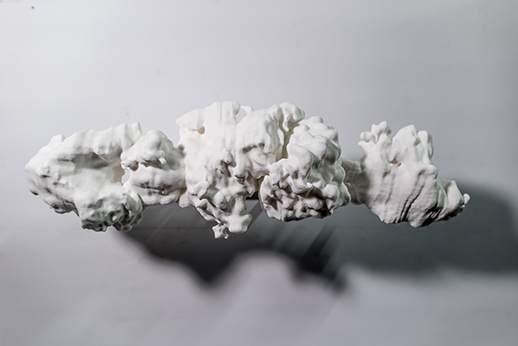
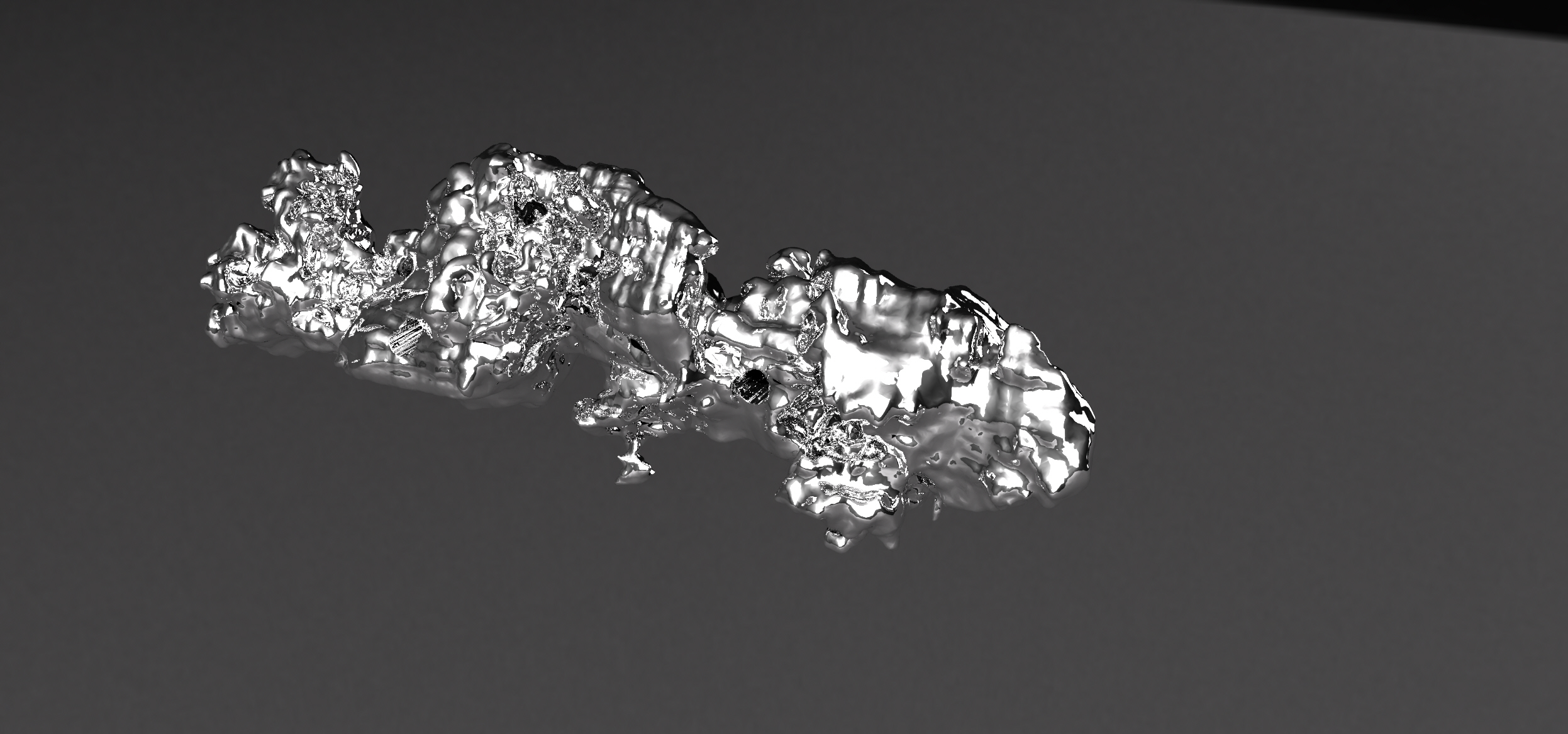
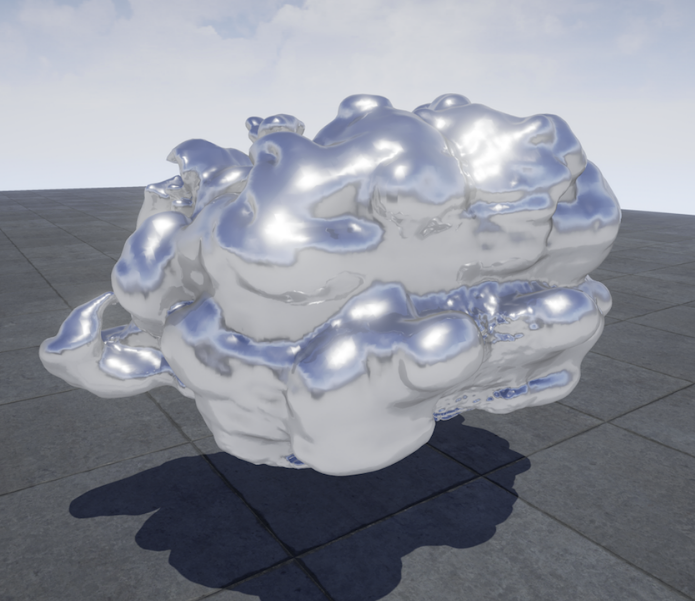
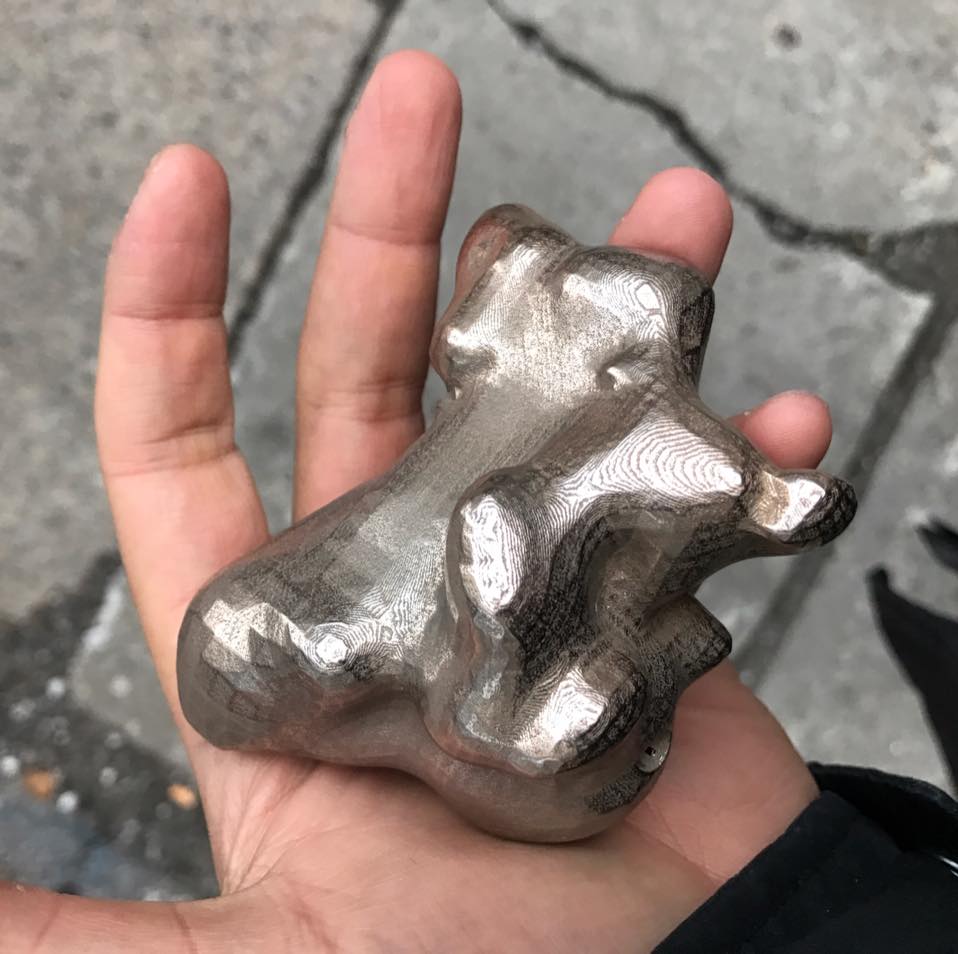
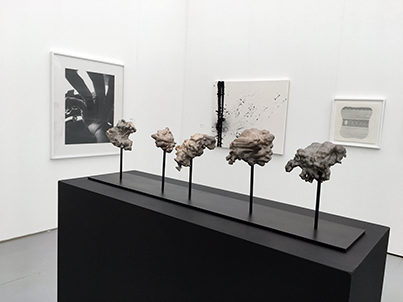
Collective Motion
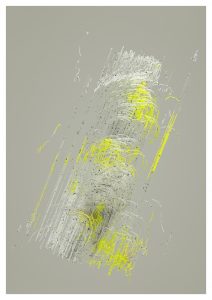
Collective Motion is an image created by artist David McLeod in collaboration with professor Maurizio Porfiri from NYU. The artwork visualizes the behavior of interactive agents, that organize themselves in a collective motion. The concept is related to flocking and schooling and more broadly to non-equilibrium systems undergoing a phase transition. The structured behavior of these active particles bridges the gap between the motion of living things and motion of inactive matter such as in classical fluid dynamics.
Nimbus Atlas
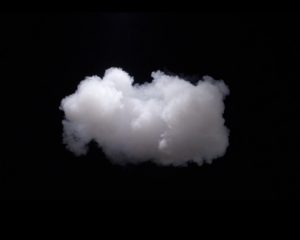
Berndnaut Smilde
A series of slow-motion videos depicting self-made clouds emerging and decomposing in a void. The footage was captured with a high speed camera resulting in a slowed down visualisation on how clouds evolve, change shape and reflect light.
Immutable Swell
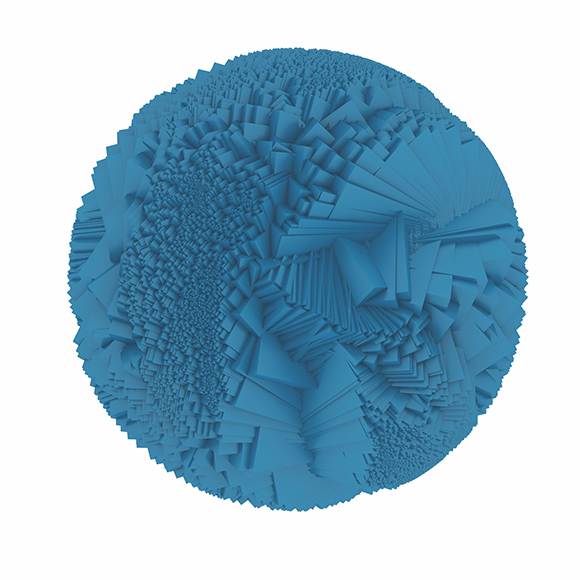
Dana Karwas
Immutable Swell is a sculptural representation of an ocean wave as it breaks onto land. Karwas created the artwork by extracting over 500,000 data points from a custom buoy sensor placed in the waters of Cape Cod. This data was combined with her own personal experience of swimming in the ocean to emerge as a complex 3D digital inscription of an ocean wave. By using software and motion analysis to observe the wave from a digital distance, Karwas was able to distill invisible structures in the wave. Immutable Swell represents an opportunity for viewers to make a connection to the powerful turbulence and mysterious patterns found in the ocean.
Quantum Vortices
Quantum Vortices
Visualization of quantum vortices by physicist Daniel P. Lathrop, in collaboration with NYU Tandon Dean Katepalli R. Sreenivasan and researcher Enrico Fonda, who used superfluid helium, which flows without friction and exists only near absolute zero. The technique allows visitors to observe the mysteries of quantum fluids – which exhibit quantum mechanical effects at the macroscopic level – with the naked eye.
Science
Atmospheric Memory
In 1860, Édouard-Léon Scott de Martinville recorded the song “Au clair de la lune” on the phonautograph, making the first recording of human speech. Here the phrase is depicted as a sculpture to be viewed, rather than heard. Exhaled breath from words, phrases and sounds become moving clouds of vapor containing layers of complex folds and vortices. These structures are 3D scanned, formed into a solid, and later printed to immortalize the speech.
The recorded shape is created by the flow of air coming from the mouth of someone speaking. In this case, there is a macroscopic movement of air created by exhaled breath. This differs from the molecular movements of sound waves, in that sound is a microscopic longitudinal pressure wave or vibration. Minute differences in enunciation and diction can induce great differences in the shapes formed.
The video shows the motion of air coming from the mouth of someone saying the word “yes”. The flow is made visible through the Schlieren technique, which is based on the fact that rays of light are bent differently whenever they encounter changes in density of a fluid, between the warm air coming from the mouth and the cooler surrounding air.
Each frame of the video represents a section of the 3D scanned volume of the cloud generated by saying “Au clair de la lune” .
Collective motion
Schooling, flocking, and swarming are all powerful examples of collective motion. The classical Vicsek model allows for simulating several emergent features of collective motion, starting from simple interactions of active self-propelled particles. In this model, particles tend to align with their neighbors, against the effect of internal random noise. Here, we demonstrate a fluid-like behavior, consisting of a self-organized vortex motion superimposed to local fluctuations. This collective motion appears when a large number of particles interact under the effect of a moderate noise, below the phase transition.
Immutable Swell
A wave an oscillation or vibration of a physical medium or a field. The wave transfers energy but no (or little) mass. The waves on the surface of a fluid are called gravity waves because the restoring force is gravity. The ocean waves are driven by wind, and they last even after the wind has stopped. The restoring force of the smaller capillary waves, or ripples is instead the surface tension. These waves die quickly after the wind stops. Much bigger waves are the so called rogue waves, which are usually more than twice the size of surrounding waves.
Nimbus Atlas
Clouds are made by microscopic droplets of liquid water (warm clouds), crystals of ice (cold clouds), or both (mixed phase clouds). Clouds in the atmosphere originate from supersaturated air, created by the cooling of wet air, as cold air has a lower saturation point than warm air. The water vapor comes in contact with small particles and in a process of nucleation create the droplets of the cloud. These small particles, as small as 0.1 microns, can be dust, ice or seasalt.
There are still open questions regarding cloud formation and dissipation, and in general clouds are the source of most of the uncertainty in climate models. Other planets also have clouds. Mars has clouds of carbon dioxide and water ice crystals, Saturn’s moon Titan has clouds of methane and ethane, while Jupiter has clouds made of ammonia.
Quantum vortices
The word turbolenza was used for the first time to describe the chaotic motion of water by Leonardo Da Vinci. Since Leonardo, turbulence stands as the last unsolved problem of classical physics, even though the most illustrious mathematicians, engineers and physicists have tried to crack the problem. A better understanding of turbulence could have far reaching consequences in industries like aerospace, automotive, maritime and energy production. We study a special kind of turbulence called quantum turbulence.
When helium is cooled below about 2 degrees above absolute zero, it becomes a superfluid. A superfluid has zero viscosity, meaning that flows without friction. This unique characteristic arises because quantum effects become important on a macroscopic scale. The superfluid is populated by quantized vortices, centimeter-sized filamentary quantum tornados with atomic-sized cores. These vortices interact in a process called quantum turbulence. We study in particular a phenomenon called vortex reconnection, a situation in which two vortices intersect, exchange tails and rapidly retract. To visualize the vortices we sprinkle in solid hydrogen particles that get trapped on their cores and that we illuminate with a laser and image with a camera.
By studying the motion of these vortices, which appear alive, we hope to shed light on the foundations of quantum as well as classical turbulence. Understanding quantum turbulence is not only interesting from a basic standpoint but could provide insight into the behaviour of neutron stars, trapped atom systems and superconductors. Learning about reconnections could shed light on analogous phenomena in magnetic field lines, cosmic strings, polymers, liquid crystals and even filaments of DNA.
Credits / Team
Sponsored by the American Physical Society, through the outreach grant.
Supported by the Helix Center for Interdisciplinary Investigation.
In alphabetic order
Organization: Cherisha Agarwal, Sara Camnasio, Luke DuBois, Enrico Fonda (Principal Investigator), Dana Karwas, Daniel P. Lathrop, Maurizio Porfiri, Devesh Ranjan, Daniel Serrano, Katepalli R. Sreenivasan, Joanna Yen
Atmospheric Memory: Enrico Fonda, Dan Fries, Jessica B. Imgrund, Stephen Johnston, Rafael-Lozano Hemmer, Devesh Ranjan, Stephan Shultz, Katepalli R. Sreenivasan
Collective Motion: Enrico Fonda, David McLeod, Violet Mwaffo, Maurizio Porfiri
Immutable Swell: Dana Karwas
Nimbus Atlas: Berndnaut Smilde
Quantum Vortices: Enrico Fonda, Daniel P. Lathrop, Katepalli R. Sreenivasan
Website: Leah Lee


